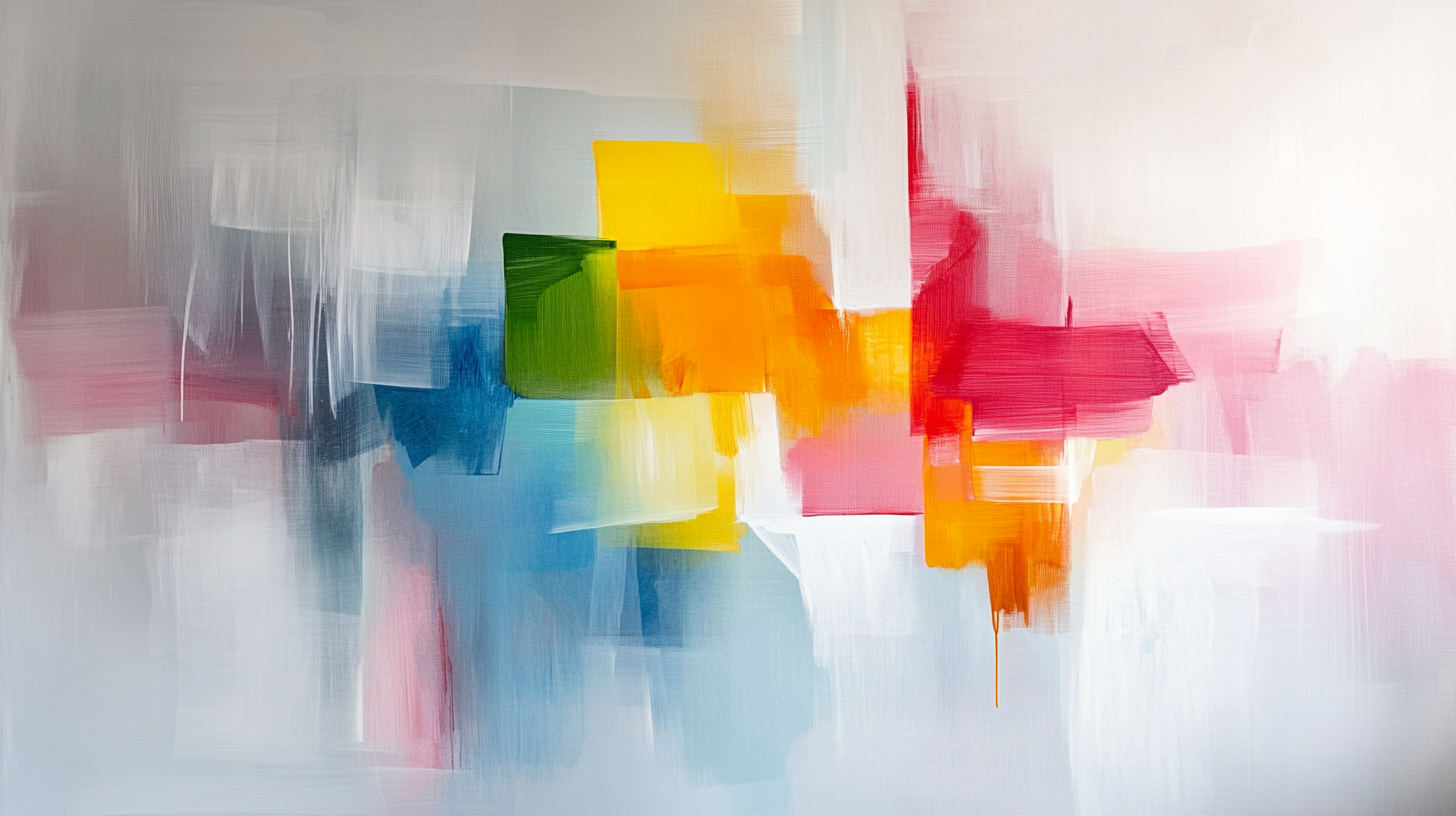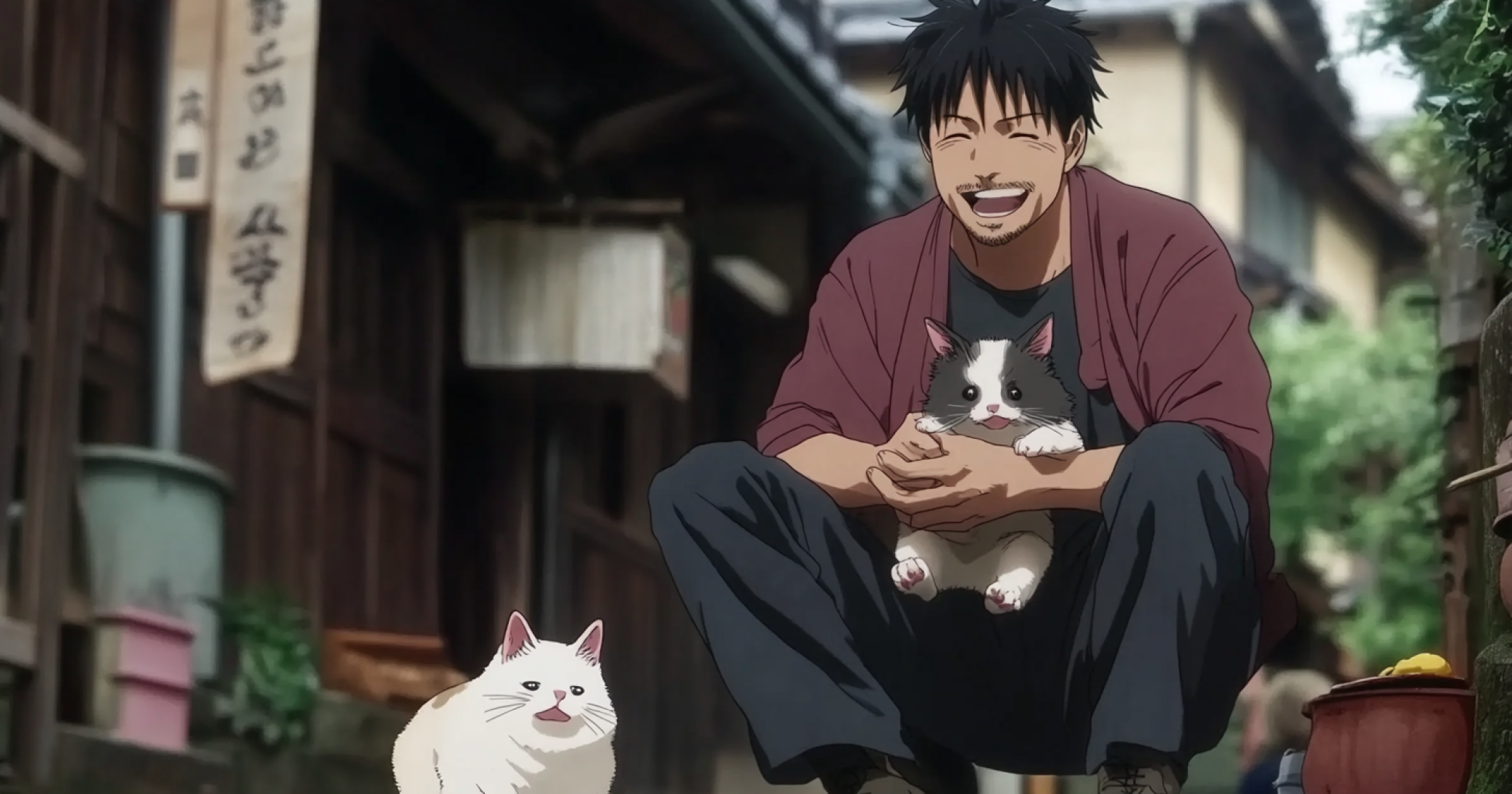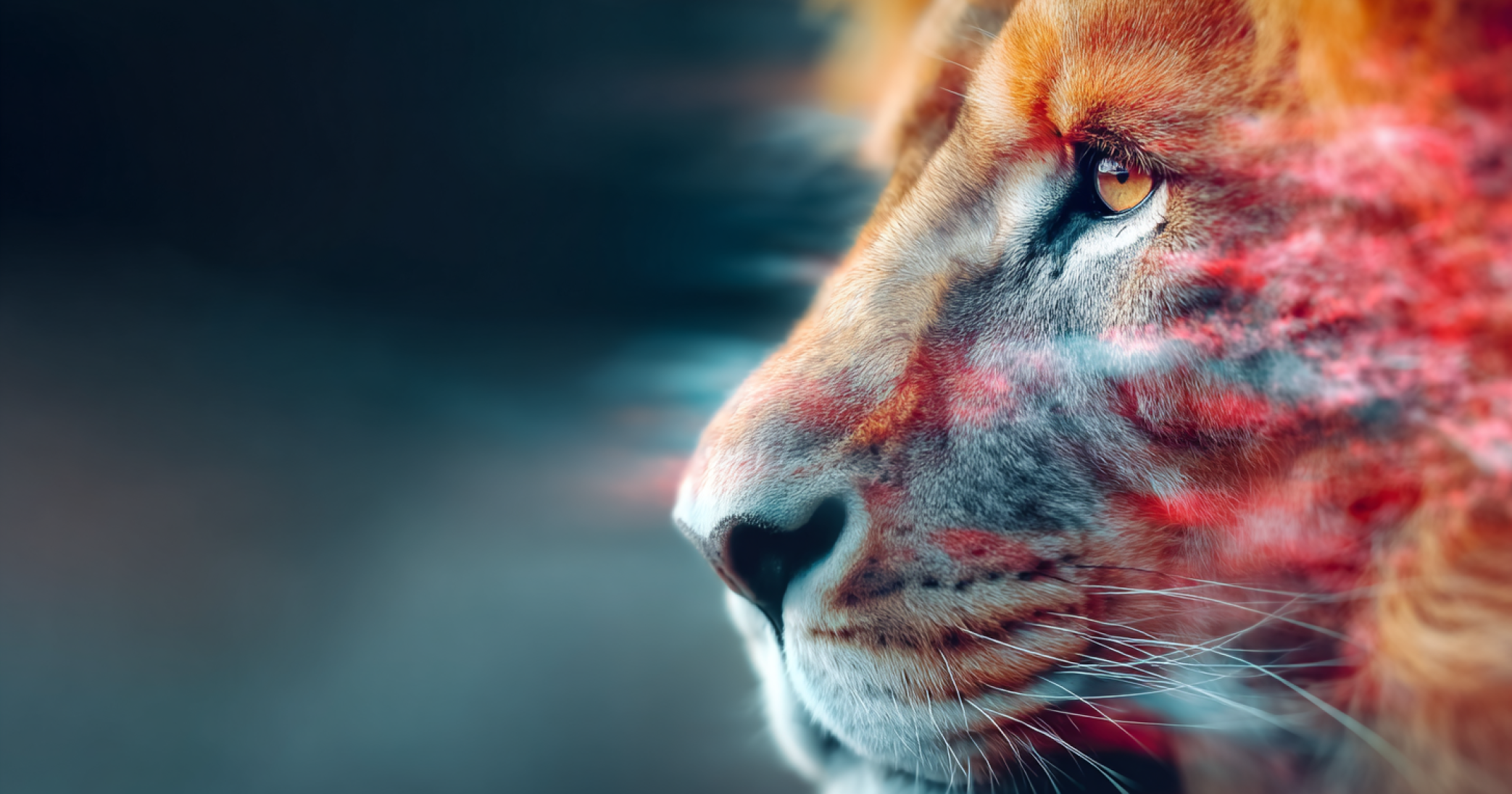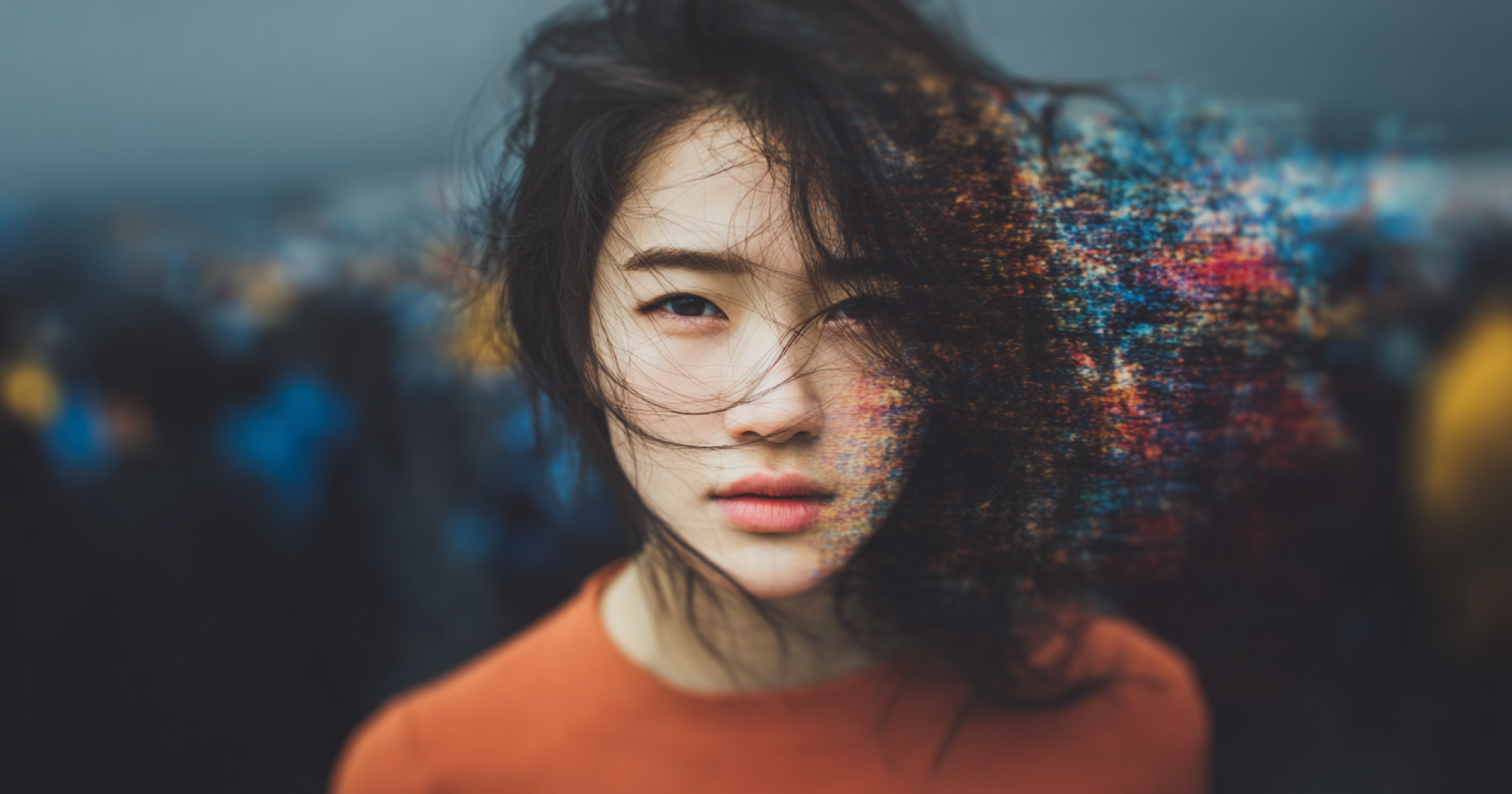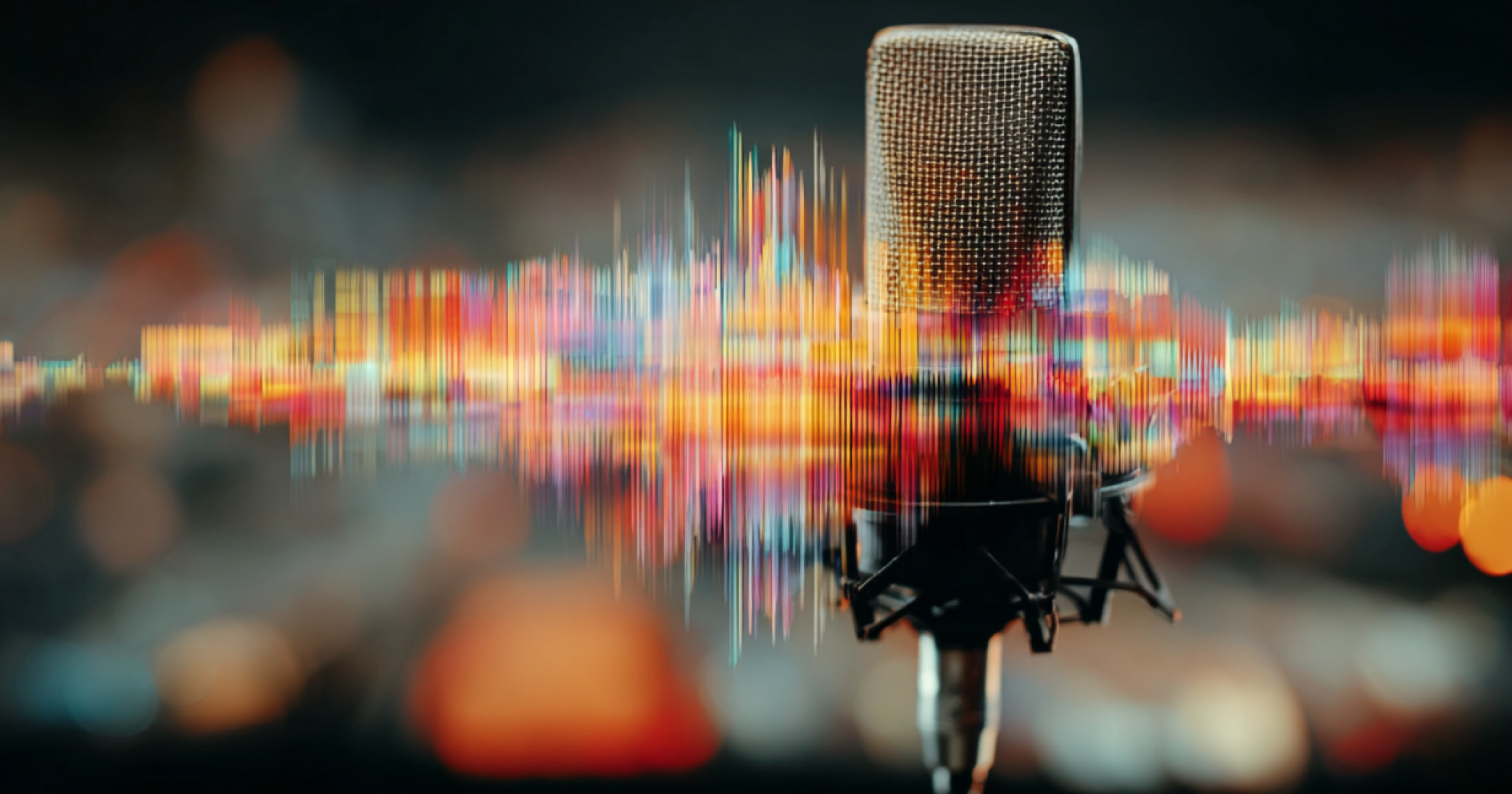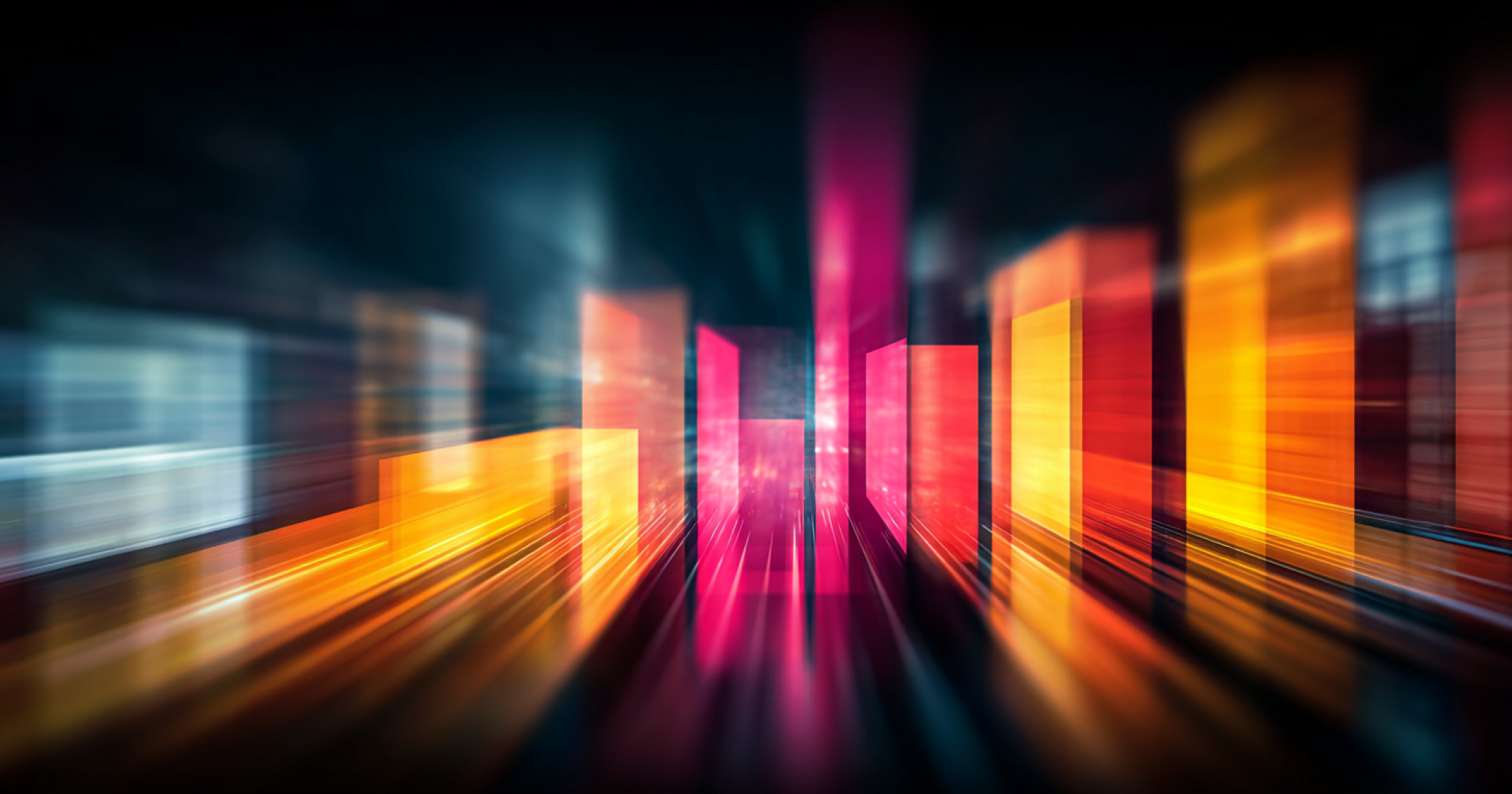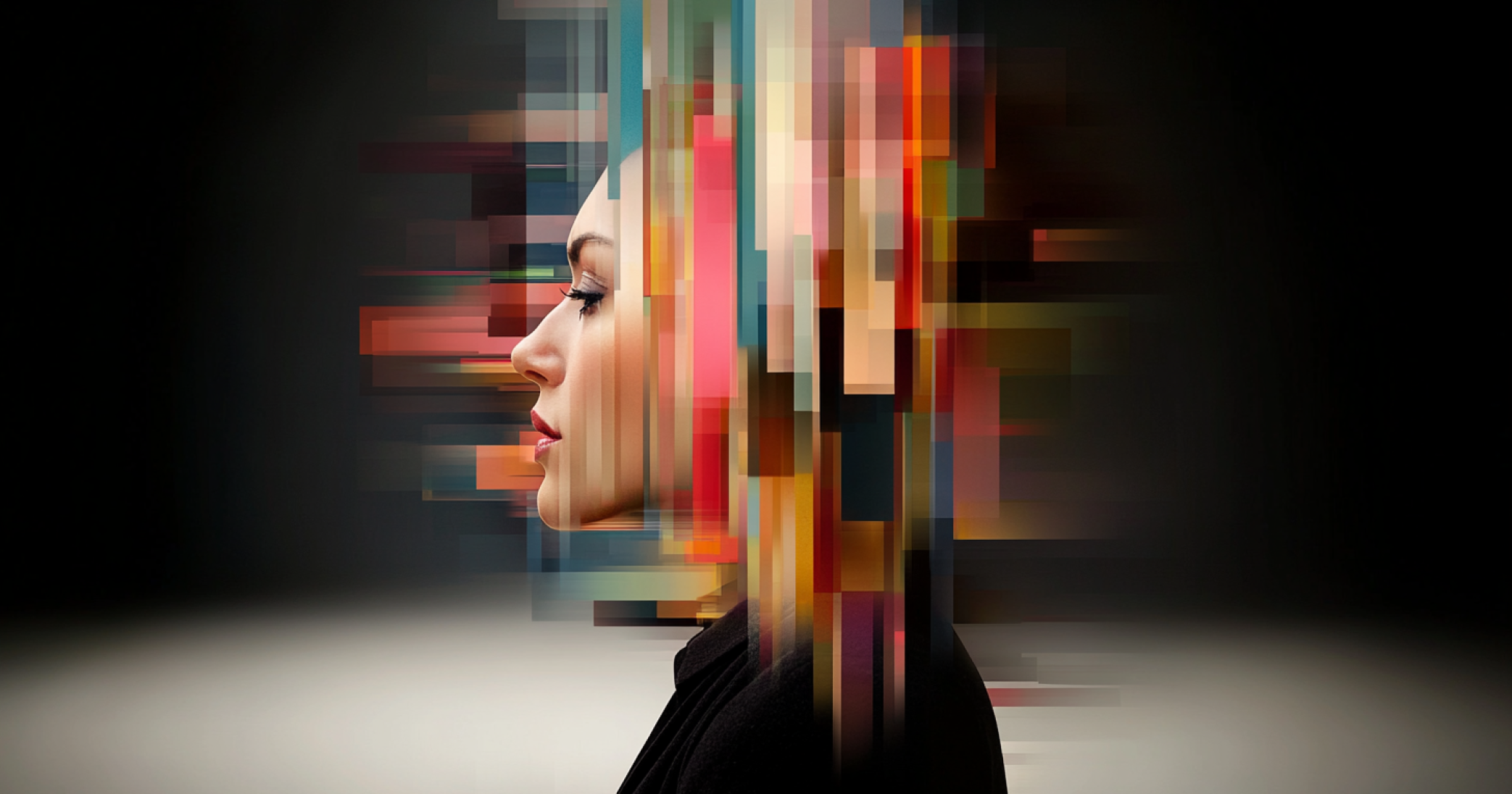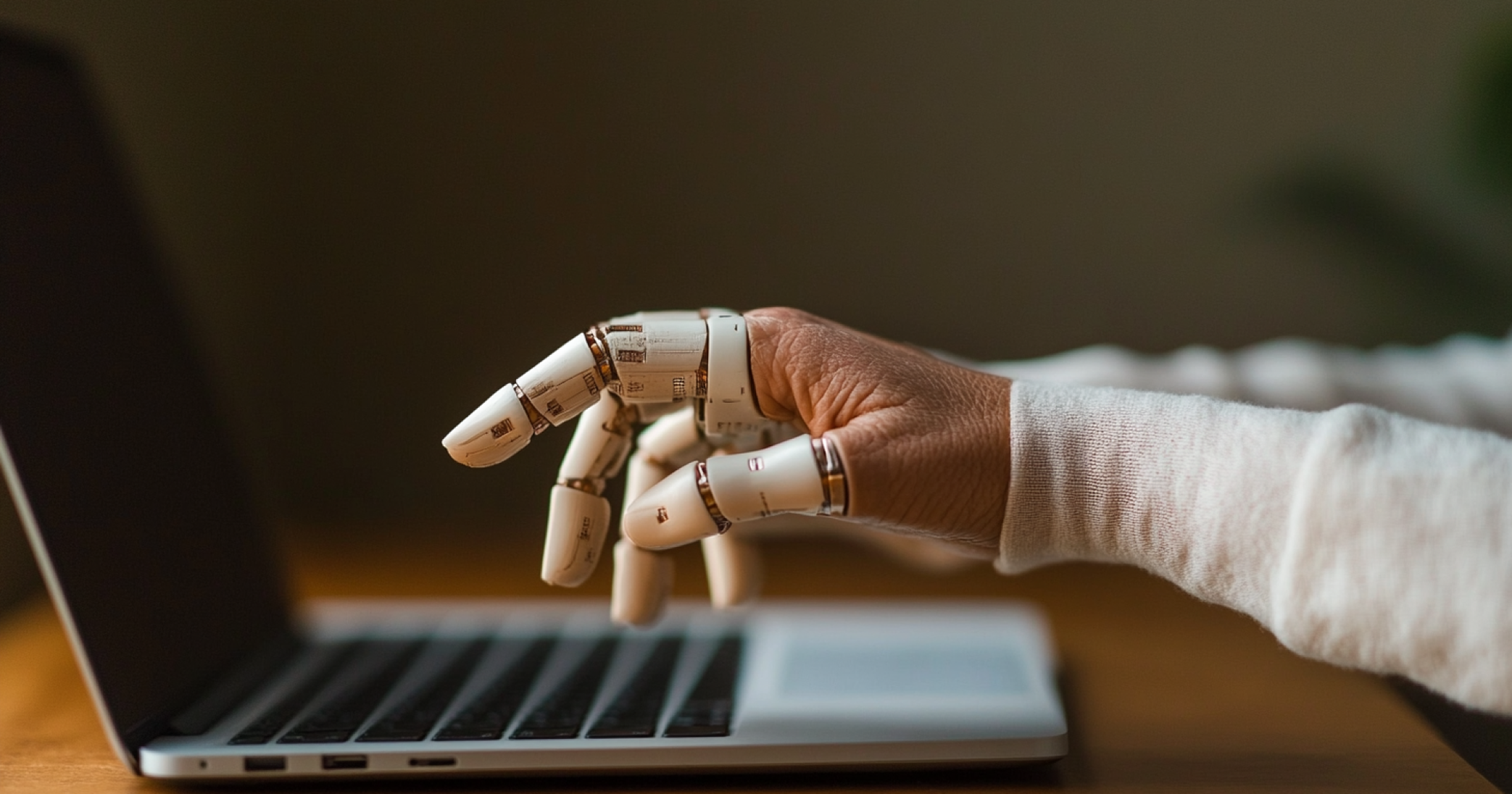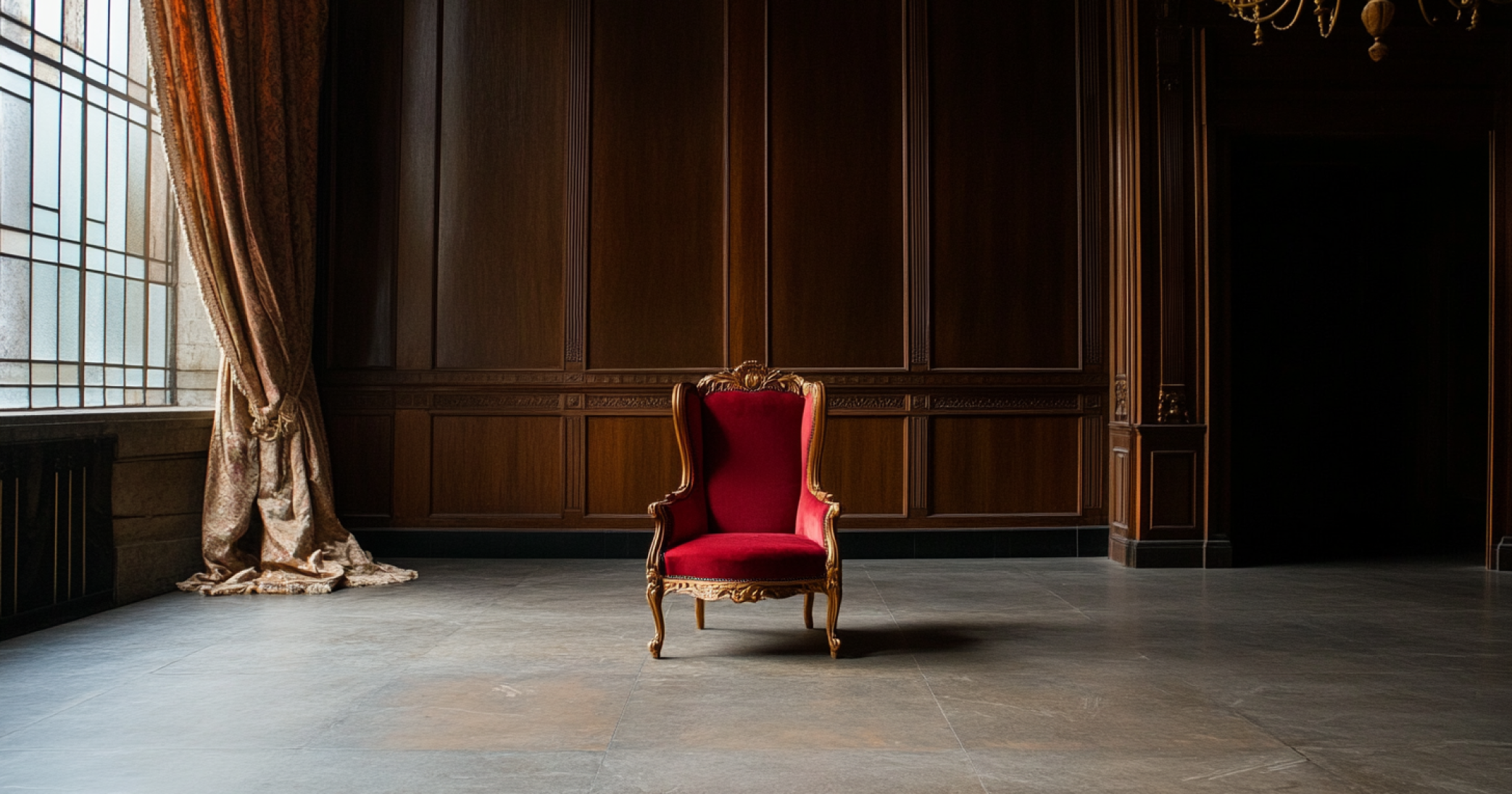The image revolution: how much potential is still untapped in AI tools like MidJourney?
The progress in image generation through artificial intelligence is impressive, sometimes almost uncanny. Where a few years ago, blurry, abstract shapes still dominated, MidJourney now conjures up hyper-realistic works that could easily fit into a museum or an advertising campaign. But how far can these technologies go? Is there a limit, or are we just experiencing the beginning of a new era? A look into the crystal ball – or rather, into the pixel world.
From pixel to perfection: how good can it get?
Anyone who has followed the development of MidJourney, Flux or other tools is familiar with the feeling of looking at an AI-generated image and wondering, “Is this really not made by a human?” With the latest versions of MidJourney and other tools, the line between AI and human creativity has become blurred once again. Details such as skin textures, light reflections and realistic depth of field make the results more and more impressive. But how perfect can “perfect” ever become?
The technical limit: where does it end?
Image quality is limited by two factors:
Hardware: computing power is growing, but there are physical and economic limits. AI images in 16K resolution? Possible – but perhaps not suitable for the masses.
Data basis: AI learns from existing data. At some point, it becomes difficult to find new, even better image details that do not simply repeat already known patterns.
And what about videos?
This is where it gets exciting. Tools like Runway or Luma show that text-to-video generation is no longer in its infancy. Moving images that respond to text commands could be the next big thing – from TikTok content to movie trailers. But videos are much more complex than individual images. Simulating light, shadow, and motion sequences in real time is a huge challenge. AI-generated videos still often look unnatural. But who would have thought five years ago that we would have AI images that look like photographs today?
Creative boundaries: What is left for artists?
“If AI can do everything, what will be left for us to do?” This is a legitimate question that is on the minds of artists worldwide. But there is also an opportunity here. AI is a tool, not a replacement. It can inspire, accelerate processes and make ideas tangible that might otherwise never see the light of day. The human remains the creative conductor, the AI the orchestra.
Conclusion: an endless evolution?
The development of AI image and video tools shows no signs of slowing down. While hardware and data limitations may set boundaries, the creative use of the technology is virtually unlimited. For artists and technology enthusiasts, this means that now is the time to experiment with AI, break new ground and be inspired. Because one thing is for sure – the best picture is always the one yet to come.
Sources:

